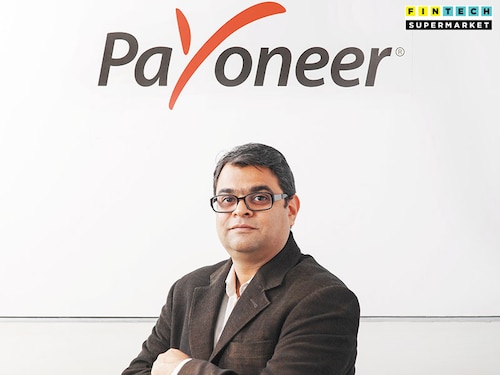Payoneer: Standing tall in B2B payments
India head Rohit Kulkarni talks about the company's low-cost model and challenges



Payoneer’s India head Rohit Kulkarni Launched in 2005, Payoneer provides cross-border online money transfer and digital payments services. The New York-based company works with over 40 banks globally, ensuring that its over 2,000 clients—mainly professionals and corporates—transact in a secure and smooth manner. The B2B company’s India head Rohit Kulkarni talks about its low-cost model and the biggest challenges in the country. Excerpts:
Q. How is the cross-border transaction business of Payoneer doing in India?
In the last two years, we have seen three-digit growth in the number of sellers and four-digit growth in the volumes processed in India. The number of customers has grown by 150 percent year-on-year.
Q. When you have a looming ‘big brother’ in PayPal, how do you differentiate?
We are focussed on B2B payments in every single country and in over 150 currencies. We make transactions faster and less expensive between businesses, as there is no transaction fee. The only fee that is charged is the foreign exchange conversion fee. We charge 2 percent or lower on conversion, which is far less than competitor platforms.
Q. What are your biggest challenges?
We are looking to bring our working capital product—Early Payments service, which enables users to access their funds a month or more in advance of scheduled payment—to India in the future. One of the big obstacles for sellers from India is the availability of capital.
Q. What is the exact market size of B2B payments in India?
India has shown strong growth in the export of goods and services in the recent past. According to a Boston Consulting Group report, the total payments conducted via digital payments instruments will reach $500 billion by 2020. We have over a million merchants selling goods like handicraft, leather products, jewellery, apparel and home products. About 30 percent of India’s exports is software and services. With more than 1.5 crore freelancers, it is estimated that we bring in about 40 percent of global freelancing business.
First Published: Sep 04, 2018, 12:57
Subscribe Now